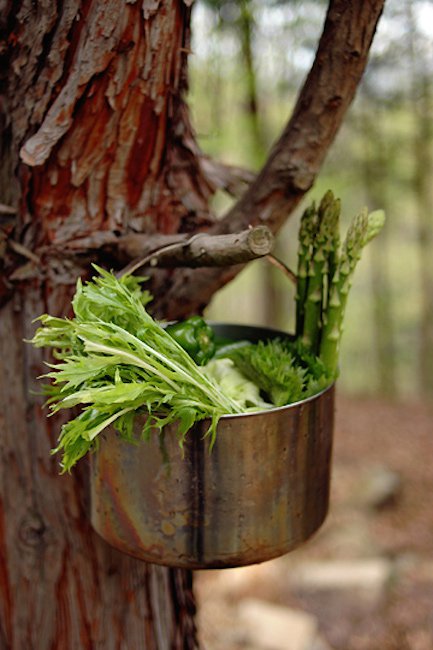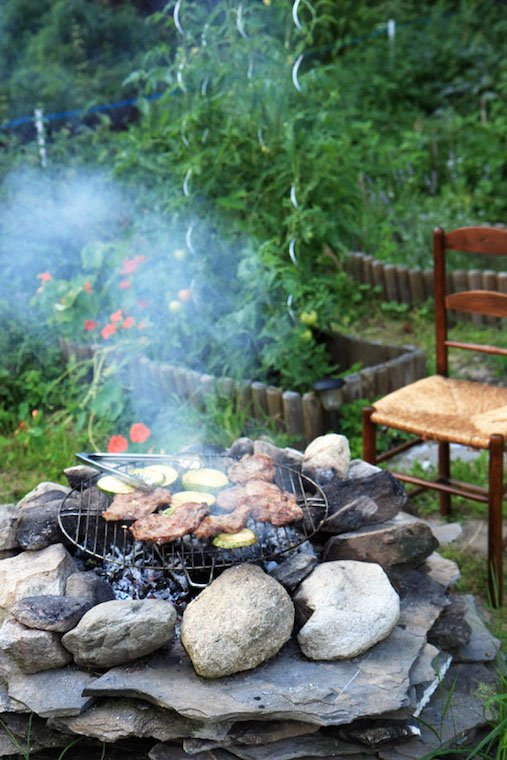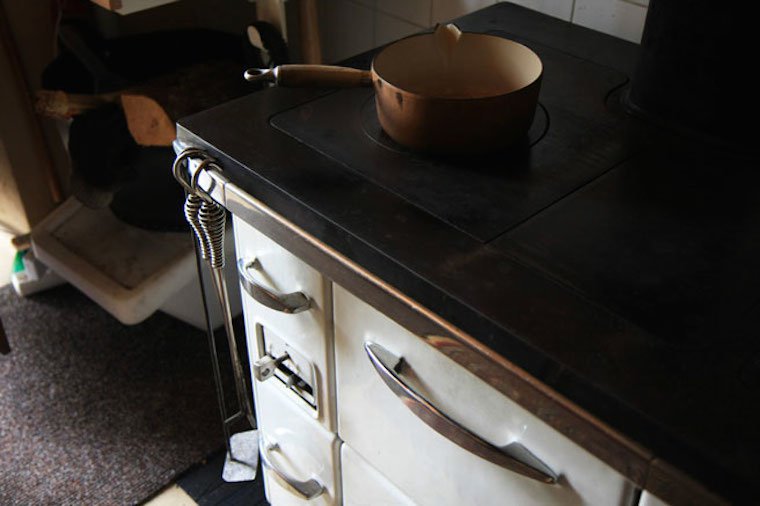This is part of a series of Q&A’s about cooking on vacation. The complete list of posts in this series is available here.
Sarah McColl is a senior editor at Yahoo! Shine and the very lovable writer behind Pink of Perfection, a lifestyle blog on which the Dallasite-turned-Brooklynite discusses everything a girl needs to feast, delight and flourish. She does so with a gracious and insightful touch that makes readers feel she and they could be the best of friends, and a visit to her site always leaves me refreshed and nurtured. Also, wouldn’t she be perfect to play Joan Holloway‘s younger sister?
Here she tells us about cocktail hour on the deck, barbecued rattlesnake, and cold-press coffee.
Are you taking a vacation this summer? Will you have a chance to cook while there?
We have been looking forward all summer to our vacation in Washington’s San Juan Islands, but it’s our first vacation where we will be staying in a rented house and cooking most of our own meals. Right now my vision is to keep things really simple: putting my husband to work on the grill, sandwiches, roast chicken on cool nights, cheese and crackers, simple salads. It will be an experiment and adventure!
In what way do you feel your vacation cooking style differs from your everyday cooking style?
I think I expect my everyday cooking to do a lot more than sate my hunger. I want it to be pleasurable, to set me right again after the indignities of the workday. The cooking quiets me and the eating brings our family together. But it’s a lot to demand from a meal! I think there are fewer expectations on vacation. When you’ve been lucky enough to spend the day reading in a hammock or swimming in a lake, dinner doesn’t need to be the highlight of the day in the same way.
The entire vibe of this vacation is going to be low-key and relaxed, so I can see us picking up a few things at a farmer’s market, packing sandwiches for picnics or making dinner an extended cocktail hour: put out some cheese and crackers, pour a glass of wine and call it a day. On the other hand, once we’ve had a few days to relax, we might feel like getting ambitious again. We’ll see!









